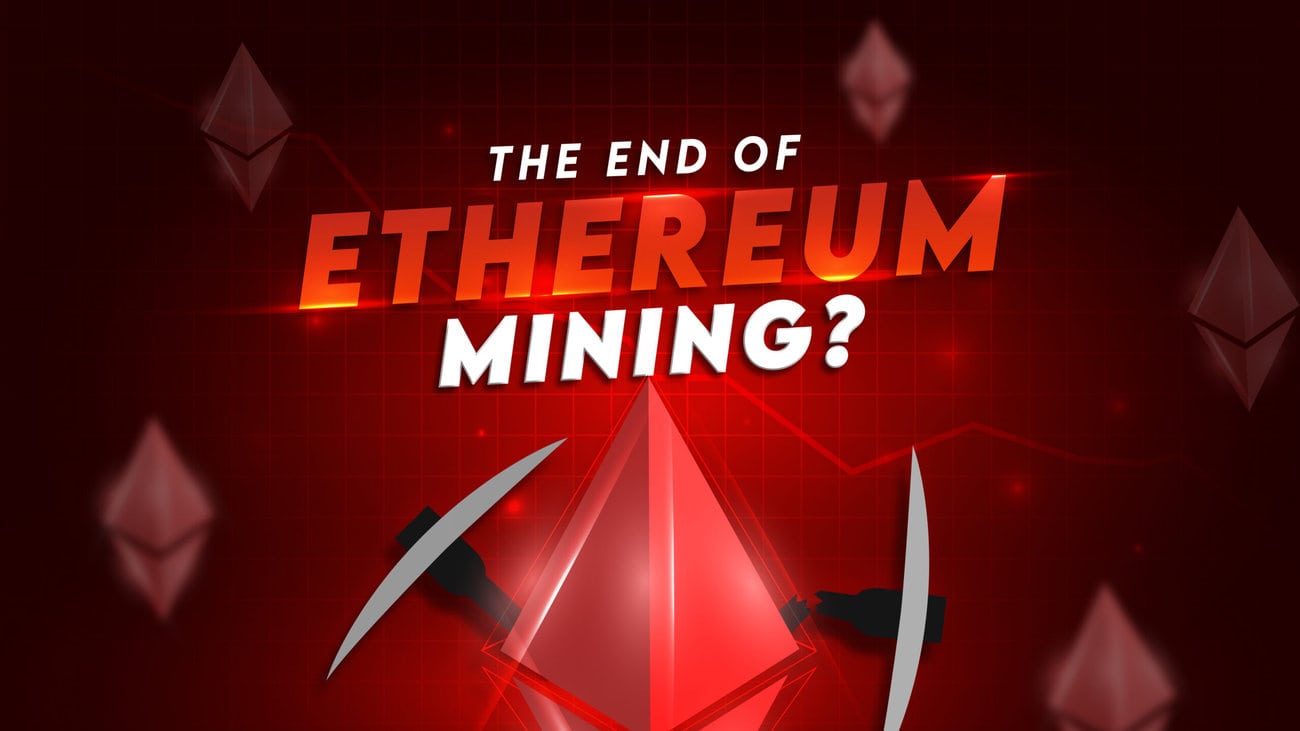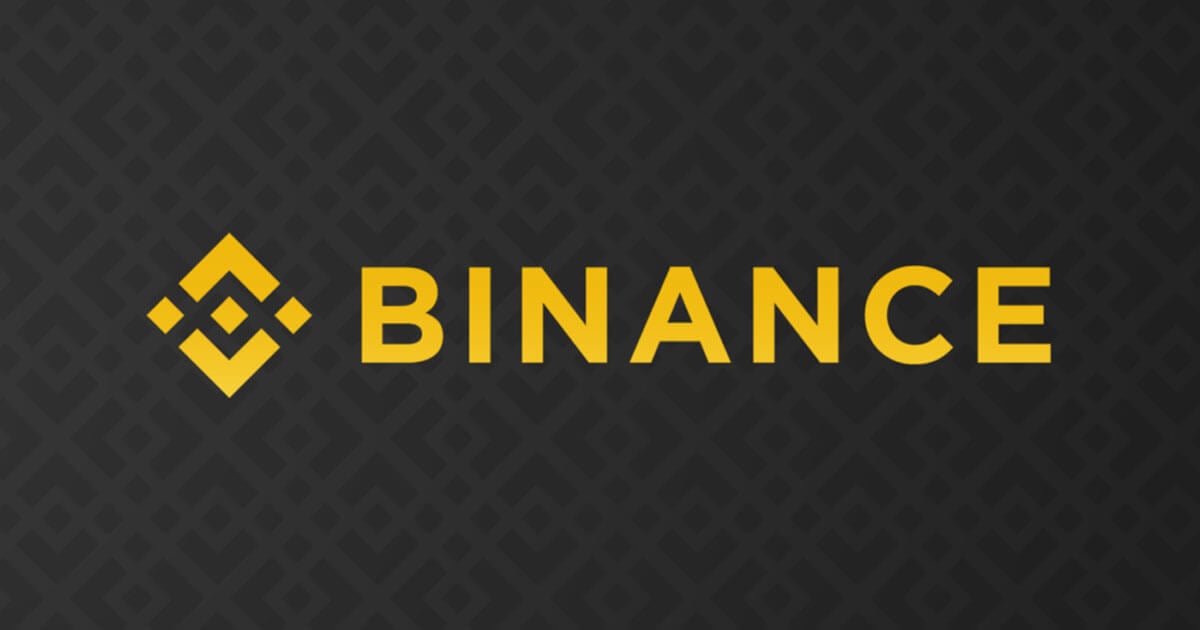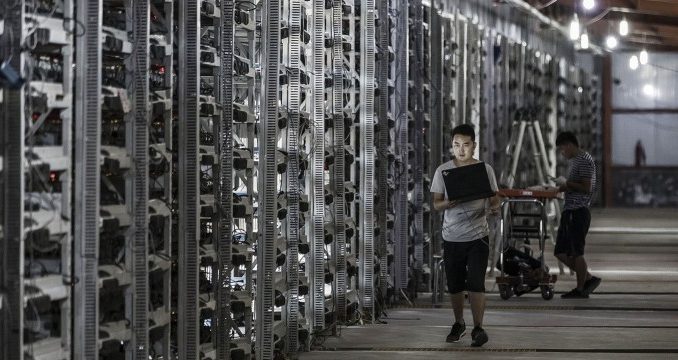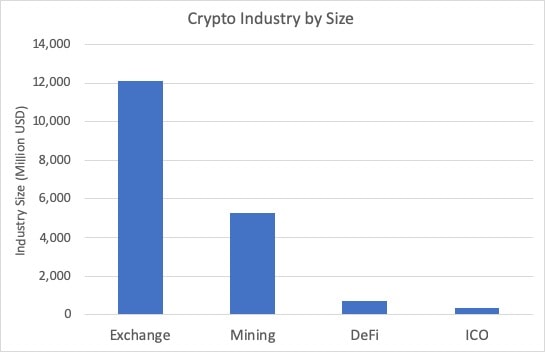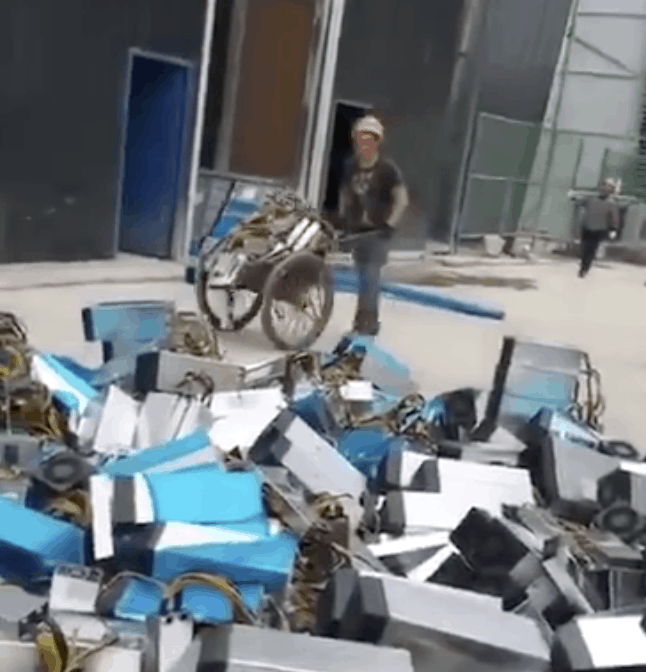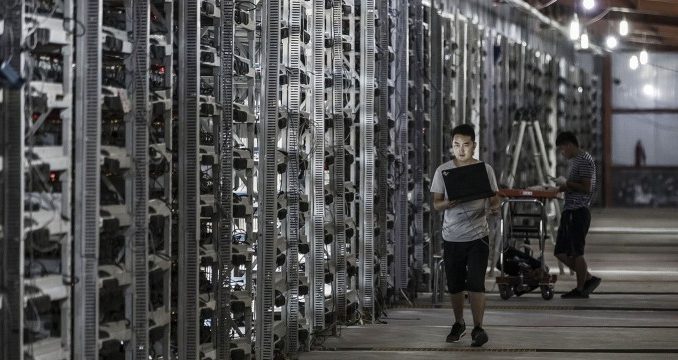The newly launched Ethereum Merge has rendered mining obsolete. So what will happen to all Ethereum mining pools and its miners as well as the millions of dollars worth of hardware in the ecosystem?
What is Ethereum Mining?
Before Ethereum’s Merge on 15th September 2022, the blockchain used proof-of-work, the same consensus protocol as Bitcoin, to validate and record transactions. But unlike Bitcoin which solely uses application-specific integrated circuit (ASIC) miners, you could use graphics processing unit (GPU) of gaming computers to mine ETH. As a result, it was generally easier to mine ETH than Bitcoin since GPUs are more accessible and widely applicable than ASICs.
There were two main ways to mine ETH – pool mining or solo mining:
Pool Mining (working together)
- Work with others to mine and share rewards
- Get paid per share, on a hourly or daily basis
- Less random / dependent on luck
- Pools take some fees (0.5-8% depending on pool)
Solo Mining
- You mine the entire block reward (differs based on mining difficulty changes) – no pool fees
- Random chance and probability – you can go days or months without rewards
- Not viable if hashrate is low – single GPU might take years to mine a block
Ethereum mining pools were the go-to options for most miners as solo mining took a very long time to earn rewards. However, this work drew criticism for its impact on the environment and its excessive electricity consumption. It is a highly energy-intensive process as miners around the world pool together large amounts of resources and power to mine ETH. But all of that has changed with the arrival of the Merge on 15th September 2022.
How does the Merge affect Ethereum Mining?
On 15th September 2022, Ethereum switched its consensus protocol to proof-of-stake as part of an update known as the “Merge” that links Beacon Chain and the Ethereum Mainnet. The Beacon Chain is what allows users to stake ETH, which has been operational since the end of 2020. Many people have staked their ETH to support the transition as well as earn rewards on their stake. Here’s the kicker, after the Merge begins, mining difficulty will soar due to the “difficulty bomb”. It is a kind of self-destruct mechanism meant to make proof-of-work calculations almost impossible, incentivizing the move to an environmentally-friendly proof-of-stake model.
What will happen to Ethereum Mining Pools and Miners?
There is a divide in the Ethereum mining community between the organizations that have helped coordinate the resources of individual miners (mining pools) and the individual miners themselves.
Good for Ethereum Mining Pools
For mining pools, the transition does not affect them at all. Since these organizations never did the actual work of generating computing power themselves, they are not affected by the sunk cost of the eventual obsolete mining rigs. Instead, these pooling companies have human capital and infrastructure necessary to organize the pooling of resources, source new clients, and overall manage and maintain the operation and its security.
For this reason, leading Ethereum mining pools like Ethermine or f2pool can simply transition to staking pools. They do not rely on the actual mining itself. It is not a matter of product, only business model. These companies operate on a fee structure, charging individuals for participating in their pools, and it will be unaffected by the move from mining to staking. They only require business development, customer service, and communication with core developers, softwares, and client teams.
Bad for Individual Ethereum Miners
However, for the miners who make up these pools and other independent Ethereum miners, the transition could mean the end for them. People who have benefited from mining ETH, either by managing large mining farms or by contributing moderate amounts of GPU power to mining pools, may be left stranded. They have invested large amounts of money in expensive GPUs or specialized mining rigs that are useless in staking. Some will not even be able to recoup their initial investment as they hoped to profit from mining.
Although validating via proof-of-stake only requires a home PC with stable internet connection, it would require a minimum contribution of 32 ETH, which is a sum far greater than most people’s savings. Essentially, in order to fully cover the hole of lost mining revenues via staking, individual miners would have to establish and operate their own staking pools, which would be a considerably more difficult task than maintaining their own mining rigs.
Potential Solutions for Ethereum Miners
There is really no good option for ETH miners. They can still salvage their GPUs by selling them in the market as gaming computers are still popular products, but it is safe to say that there is certainly no demand for ASICs in the market. They could use them to mine other cryptocurrencies that are compatible with their processors such as Ethereum Classic, Ravencoin or Ergo, but they are also much less in demand than Ethereum. The profit margins are substantially lower.
However, there are certain staking pools that encourage bringing current miners into the fold. According to Bitfly, EtherMine’s parent company, their goal is to “onboard current miners from proof-of-work to proof-of-stake.” They also noted that most deposits to EtherMine’s new staking platform have come from existing miners. But whatever the case is, there is still no easy answer as to how Ethereum miners will ever again come close to generating the revenue produced by mining ETH.
But the most popular option for ETH miners is to operate in a new proof-of-work hard fork of Ethereum known as ETHPoW or ETHW.
What is Ethereum PoW Hard Fork (ETHW)?
A hard fork is a major change to the blockchain’s protocol that results in the splitting of the blockchain, creating a seperate blockchain that inherits all of its history with the original, but is on its own towards a new direction.
Hours after Ethereum’s successful merge on 15th September 2022, a group known as ETHW Core launched a proof-of-work hard fork of Ethereum known as ETHPoW or ETHW. The hard fork’s purpose is to preserve PoW and keep ETH mining alive beyond the Merge.
The Problems with ETHW
Although ETHW could be a safe haven for ETH miners, there is not a lot of optimism about its success. In fact, there are a lot of underlying issues that the core team has yet to address.
ETHW Post-Launch Network Error
ETHW is getting off to a bad start. Shortly after the ETHW mainnet debut, users began experiencing issues accessing the network. It became clear that the problem was that ETHW had chosen a chain ID already in use by a Bitcoin Cash testnet. If ETHW fails to change its network’s chain ID from the Ethereum mainnet, users could be susceptible to a replay attack — an exploit in which the attacker intercepts and then replicates a valid data transmission going through a network. Given the transparent nature of blockchains, this means that hackers can duplicate your transactions, allowing them to withdraw your funds.
No Backing for Forked Stablecoins
The two leading stablecoins USD Coin (USDC) and Tether (USDT) have officially confirmed to exclusively support Ethereum 2.0. This results in a smooth transition that is essential for the long-term growth of the decentralized finance (DeFi) ecosystem and its platforms.
However, that leaves ETHW high and dry as lack of stablecoin support means insufficient liquidity. This is because 1:1 backing will only exist for the officially recognized blockchains, thus USDC and USDT balances cannot be duplicated onto a new blockchain. This is further amplified by the fact that ETHW announced they would temporarily freeze tokens in certain liquidity pools to “protect user funds.” This did not go well with many as this move is done without their consent and the community did not vote on such change.
No Oracle Support
Apart from facilitating transactions, decentralized applications (DApps) also interact with external data which requires off-chain computing. This is where blockchain oracle technology like Chainlink comes into play. They enhance smart contracts by connecting them with real-world data, events and transactions.
On August 8, Chainlink has also officially confirmed to stay with Ethereum 2.0. This means that any DApps on ETHW can be negatively affected since oracle solutions are essential in retrieving and sharing data without jeopardizing the security of the blockchain.
Lack of Support from Leading DApps and Projects
On 16th August 2022, Aave, a leading decentralized lending protocol on Ethereum, proposed a governance vote to commit to using Ethereum 2.0, giving power to shut down any Aave deployments on any alternative Ethrereum forks. On their blog post, Aave advised developers and DApp teams on the Ethereum network to halt smart contract operations on forked Ethereum blockchains until they become stable.
The lack of support from projects means that any tokens or NFTs on the forked Ethereum chain will less likely be accepted in marketplaces or DeFi applications. In turn this would affect investors who are looking to profit from trading these assets.
